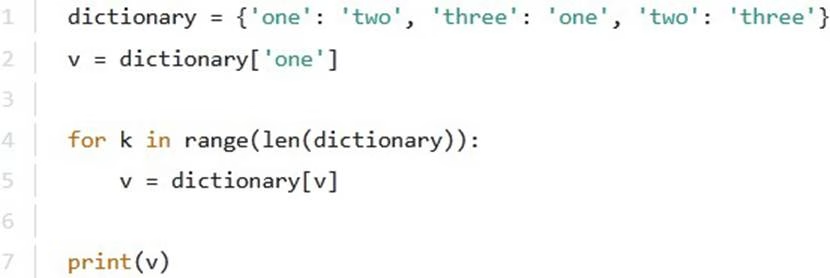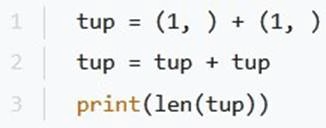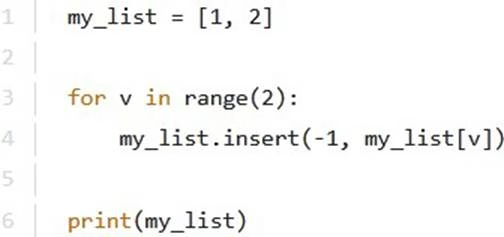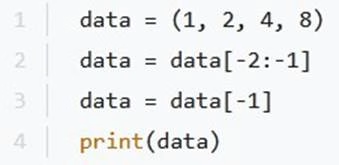Python Institute PCEP-30-02 PCEP – Certified Entry-Level Python Programmer Online Training
Python Institute PCEP-30-02 Online Training
The questions for PCEP-30-02 were last updated at Jan 04,2026.
- Exam Code: PCEP-30-02
- Exam Name: PCEP – Certified Entry-Level Python Programmer
- Certification Provider: Python Institute
- Latest update: Jan 04,2026
What is the output of the following snippet?

- A . two
- B . one
- C . (‘one’, ‘two’, ‘three’)
- D . three
What is the expected output of the following code?

- A . [3, 1, 25, 5, 20, 5, 4]
- B . [1, 3, 4, 5, 20, 5, 25]
- C . [3, 5, 20, 5, 25, 1, 3]
- D . [1, 3, 3, 4, 5, 5, 20, 25]
- E . [3, 4, 5, 20, 5, 25, 1, 3]
Which of the following sentences is true?
![]()
- A . str1 and str2 are different (but equal) strings.
- B . str1 and str2 are different names of the same strings.
- C . str1 is longer than str2
- D . str2 is longer than str1
The fact that tuples belong to sequence types means:
- A . they can be modi fi ed using the del instruction
- B . they can be extended using the .append() method
- C . they are actually lists
- D . they can be indexed and sliced like lists
What is the output of the following code?

- A . [1, 1, 1]
- B . [3, -1, 1]
- C . [3, 1, 1]
What is the expected output of the following code?

- A . The code is erroneous.
- B . 6
- C . 5
- D . 4
What is the expected output of the following code?
![]()
- A . (‘Peter’: 30, ‘Paul’: 31)
- B . (‘Peter’, ‘Paul’)
- C . [‘Peter’: 30, ‘Paul’: 31]
- D . [‘Peter’, ‘Paul’]
What is the output of the following snippet?

- A . 2
- B . 4
- C . The snippet is erroneous (invalid syntax)
What is the output of the following snippet?

- A . [1, 1, 2, 2]
- B . [1, 1, 1, 2]
- C . [1, 2, 1, 2]
- D . [1, 2, 2, 2]
Latest PCEP-30-02 Dumps Valid Version with 124 Q&As
Latest And Valid Q&A | Instant Download | Once Fail, Full Refund


